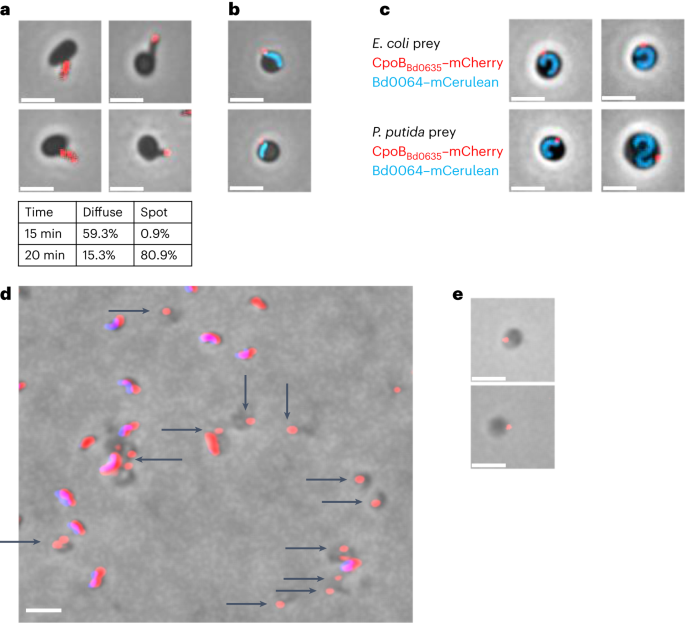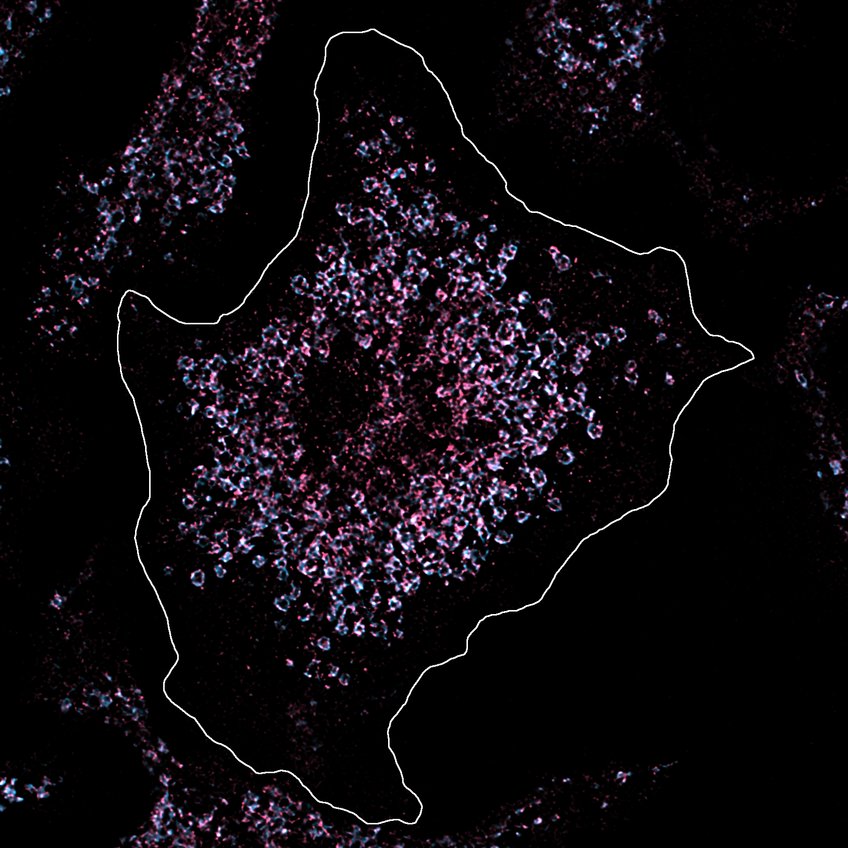2024-01-04 バーミンガム大学
<関連情報>
- https://www.birmingham.ac.uk/news/2024/scientists-solve-mystery-of-how-predatory-bacteria-recognizes-prey
- https://www.nature.com/articles/s41564-023-01552-2
Bdellovibrio bacteriovorusがキメラ繊維タンパク質を用いて様々な宿主細菌を認識し侵入することを発見 Bdellovibrio bacteriovorus uses chimeric fibre proteins to recognize and invade a broad range of bacterial hosts
Simon G. Caulton,Carey Lambert,Jess Tyson,Paul Radford,Asmaa Al-Bayati,Samuel Greenwood,Emma J. Banks,Callum Clark,Rob Till,Elisabete Pires,R. Elizabeth Sockett & Andrew L. Lovering
Nature Microbiology Published:04 January 2024
DOI:https://doi.org/10.1038/s41564-023-01552-2

Abstract
Predatory bacteria, like the model endoperiplasmic bacterium Bdellovibrio bacteriovorus, show several adaptations relevant to their requirements for locating, entering and killing other bacteria. The mechanisms underlying prey recognition and handling remain obscure. Here we use complementary genetic, microscopic and structural methods to address this deficit. During invasion, the B. bacteriovorus protein CpoB concentrates into a vesicular compartment that is deposited into the prey periplasm. Proteomic and structural analyses of vesicle contents reveal several fibre-like proteins, which we name the mosaic adhesive trimer (MAT) superfamily, and show localization on the predator surface before prey encounter. These dynamic proteins indicate a variety of binding capabilities, and we confirm that one MAT member shows specificity for surface glycans from a particular prey. Our study shows that the B. bacteriovorus MAT protein repertoire enables a broad means for the recognition and handling of diverse prey epitopes encountered during bacterial predation and invasion.


